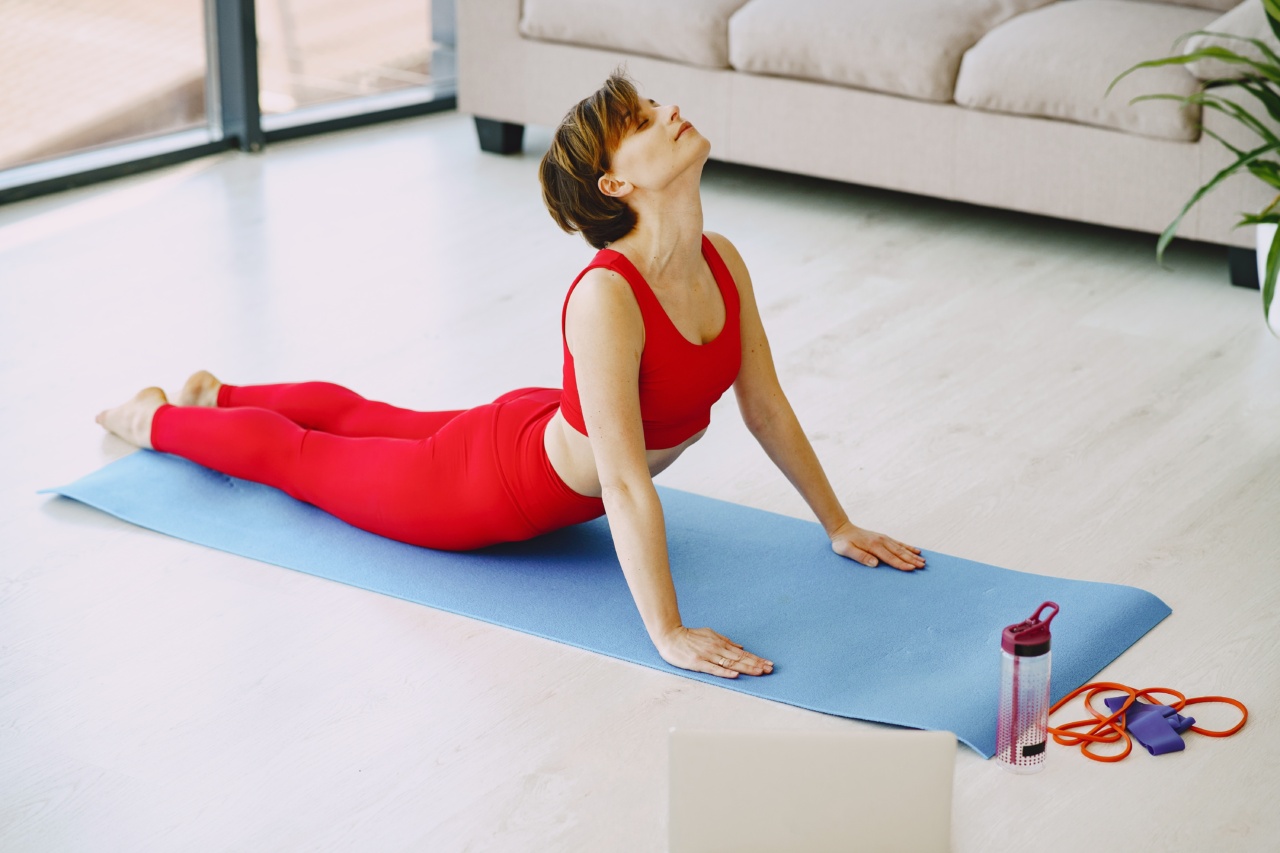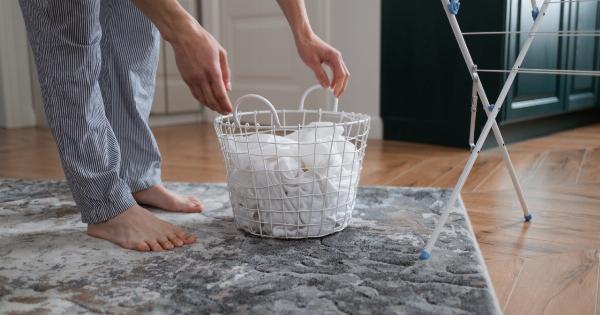During the rainy season, many of us resort to drying our clothes inside our home. While it seems like a practical solution, drying clothes inside can pose a health risk to some individuals.
In this article, we’ll discuss the potential health hazards of drying clothes inside and ways to mitigate them.
1. Increased Humidity Levels
When clothes are left to dry inside, the moisture from them will evaporate into the air, causing the humidity levels in the house to rise. High humidity levels can lead to the growth of mold, dust mites, and bacteria.
Over time, inhaling mold spores and other allergens can trigger respiratory problems and skin irritation in sensitive individuals.
2. Fire Hazard
If drying clothes inside is done improperly, it can be a fire hazard. When clothes are hung too close to heaters or fireplaces, they can catch fire easily. Additionally, if you leave the dryer unattended for too long, it can overheat and start a fire.
Always ensure that your clothes are properly dried and never leave the dryer unattended.
3. Indoor Air Pollution
Drying clothes inside can also contribute to indoor air pollution. If your dryer is not properly vented, it can release harmful chemicals into the air, such as carbon monoxide, nitrogen oxides, and volatile organic compounds (VOCs).
Breathing these pollutants can cause respiratory problems, headaches, and dizziness.
4. Higher Energy Bills
Drying clothes inside can increase your energy bills. It takes longer to dry clothes indoors than it does outdoors, which means that you’ll have to use more electricity or gas to power your dryer.
Plus, the added humidity from drying clothes inside can also make your home feel colder, forcing you to turn up the heat and use more energy.
5. Bad Odors
Clothes that are dried inside tend to develop musty odors, especially if they’re not dried properly. These odors can cling to the clothes and cause them to smell.
Additionally, if you have pets or smoke inside, the smell can get trapped inside the clothes and make them smell even worse.
6. Asthma and Allergies
If you or a family member suffers from asthma or allergies, drying clothes inside can make their symptoms worse. When clothes are dried inside, they can become a breeding ground for dust mites and mold spores.
These allergens can trigger asthma and allergy symptoms, such as coughing, wheezing, and skin rashes.
7. Lack of Space
If you live in a small apartment or house, drying clothes inside can take up valuable space. Clothes that are hung to dry take longer to dry than those that are put in the dryer, which can mean that you’ll have to leave them hanging for longer.
This can create clutter and make your home feel cramped.
8. Stains and Damage
Clothes that are dried inside can sometimes get stained or damaged. If the clothes are not hung properly, they can touch each other and transfer dye or lint. Additionally, if you have pets, they can shed on the clothes and cause them to smell or stain.
9. Decreased Life of Clothes
Drying clothes inside can decrease the lifespan of your clothes. Clothes that are air-dried tend to become stiff and lose their shape over time.
Additionally, the heat from the dryer can damage the fibers in your clothes, causing them to shrink or become damaged.
10. Increased Chance of Trips and Falls
When clothes are hung to dry inside, they can create a hazard for tripping and falling. If the clothes are hung too low, they can be a tripping hazard.
Additionally, if they’re hung near staircases or in narrow hallways, they can obstruct the passage and cause accidents. Always ensure that your clothes are hung in a safe location.
Conclusion
Drying clothes inside can seem like a practical solution, but it can pose several health risks if not done properly. If you must dry your clothes inside, always ensure that your dryer is properly vented and that your clothes are hung in a safe location.
Additionally, consider investing in a dehumidifier to decrease the humidity levels in your home. By taking these precautions, you can avoid the potential health hazards associated with drying clothes inside.






























